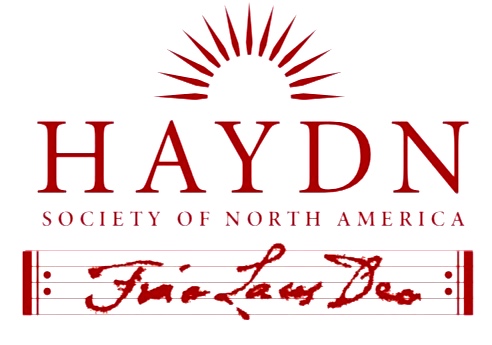
Document Type
Article
Abstract
Georg August Griesinger, writing in 1810 reports Haydn’s claim that he "knew the strength and working of all [instruments]." Indeed, the fingerings Haydn includes in his string quartets show a sophisticated understanding of the mechanics of violin playing and the use of extended techniques for expressive effect. In the first movement of the string quartet Op. 64 no. 1, Haydn leverages such techniques in the second group of the exposition to create two moments of unique texture and timbre. One of these highlights the first violin using a distinctive bariolage technique that Haydn carefully notates. Surprisingly, this compelling second group does not appear at all in the recapitulation. The question then is, is this a sonata? The "failure" of the second group to return suggests that a different kind of reading altogether may be called for. Drawing on Janet Levy and Mary Hunter’s work on texture as a signifier of formal structure and Elisabeth Le Guin’s exploration of physicality as musical content, I argue that a textural approach can reconcile the formal structures of Op. 64 no. 1, i with the sonata principle. I use Edward Klorman’s concept of "multiple agency" to create a narrative reading in which the relationships between voices are treated thematically, offering a different perspective on the second group and what elements from it might be of formal importance. If the most important ideas of the second group are textural rather than motivic, they do indeed return in the recapitulation.
Recommended Citation
Weiss, Zoe
(2020)
"The Case of the Missing Second Group: Sonata Form in Haydn's Op. 64, no. 1,"
HAYDN: Online Journal of the Haydn Society of North America: Vol. 10, Article 4.
Available at:
https://remix.berklee.edu/haydn-journal/vol10/iss1/4
© Haydn Society of North America ; Boston: Berklee Library, 2020. Duplication without the express permission of the author and/or the Haydn Society of North America is prohibited.


